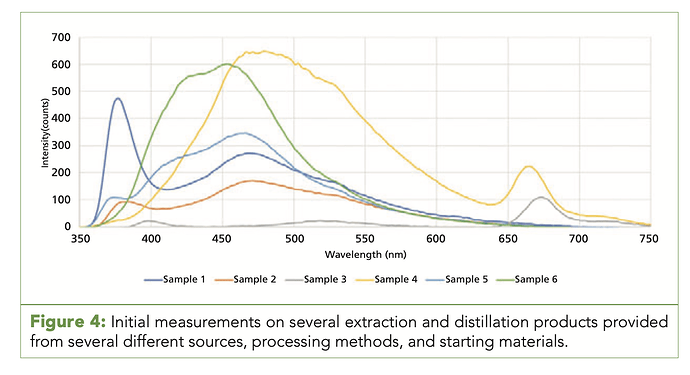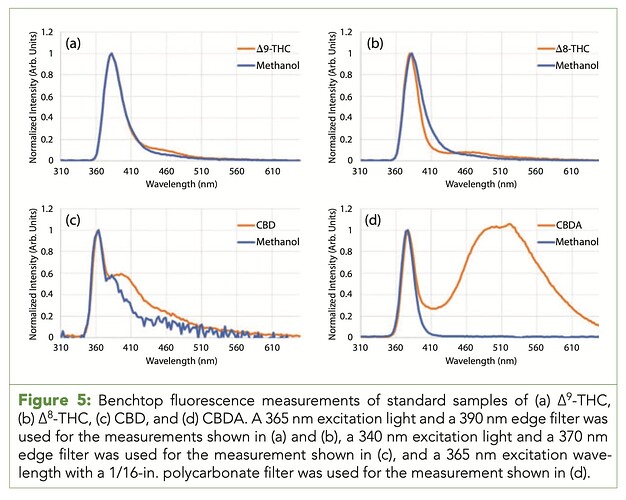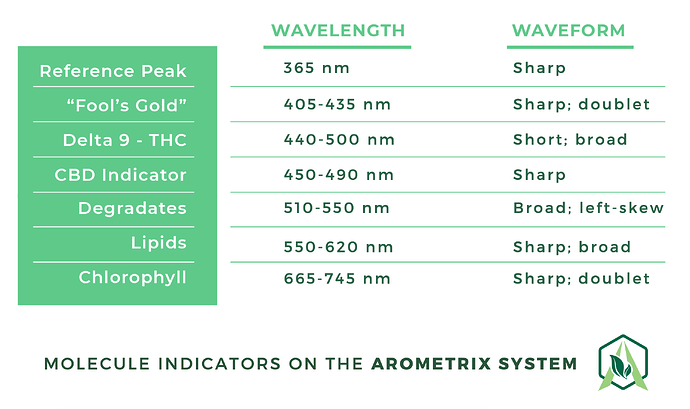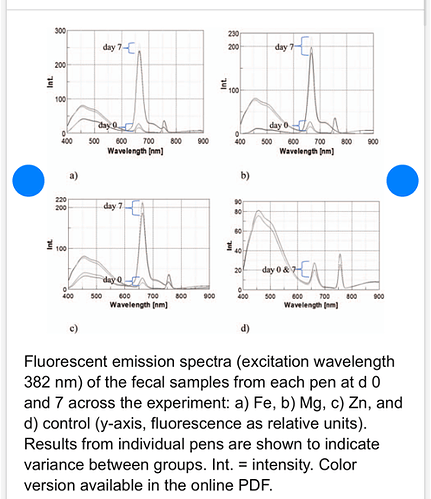Ignore what i said because I thought you were replying to me lol
Thank you @TheVanillaGorilla for you replies, as that’s how I potentially see this playing out.
It’s really not about the $5k, it’s the principle behind the matter. These guys bold face lied to me over and over and over. Wasted tons of time, resources and mental health.
They used this forum to propel their own brands and business with shady and dishonest tactics. I use this forum as a tool and tend to trust the vendors on here more than most.
My fault for buying into their dribble? Yes. But did I or anyone else deserve to be intentionally deceived? No. Should they be allowed to continue to spew their bull shit claims that have been proven false over and over? No.
The product might suck, they maybe lied, you probably got burned
But the lawyers on both sides will definitely be the winners
That’s possibly the case but also it is possible you will find the lawyer that is willing to work on contingency base if it’s a big enough case or if the lawyer is “motivated by other means”.
I have been involved in a couple of lawsuits that I initiated. Won them but never recovered a nickle. The first one I was actually under the illusion that winning would mean some sort of monetary recovery… WRONG.
The second one I went into knowing there would be no financial win but I sure did enjoy messing up his hair. That one was actually fun and entertaining, but like most entertainment… tickets can cost money
let it go an move on if you expect to be reimbursed… if you just want to mess up their hair… get an attorney and enjoy the squirm
I love this reply so much ![]()
In 2017 Tim called me and asked if I could provide the wavelength we were testing THC at in our HPLC. We talked back and forth a bit and a group of his engineers showed up at Summit a few weeks later with an R&D spectrometer. We tested distillate samples dissolved in ethanol. I actually did a lot of the dilutions myself. By 2018 they had a fraction finder product to test on a short path that was similar to what they are using now.
That research all eventually resulted in this paper which was released September/October 2019:
In-Situ-Fluorescence-Spectroscopy.pdf (548.8 KB)
The engineers (not chemists) are the authors of this paper, Kenneth and Chris. At the time of releasing this paper they were just exploring the underlying technology (fluorescence spectrometry) and checking if it’s useful in cannabis processing. This is R&D I found very cool and so I participated. The claims got out of hand and I stepped way back when I couldn’t sway the company.
This chart shows the fluorescent peaks we found in extracts dissolved in ethanol 10:1: Arometrix writes “These samples were tested to broadly investigate the diversity of the fluorescence response from different quality extract and distillate samples and to investigate any overall trends in these responses with respect to sample type. More rigorous studies on composition and fluorescence will be the focus of future work.” I’m trying to find where that future research is published.
This chart shows the fluorescent peaks found in some liquid standard samples at a concentration of 1mg/mL. Arometrix writes that " It should be noted that within the resolution of the spectroscopic measurements, ∆8-THC and ∆9-THC show very similar responses with respect to peak position and shape. This indicates that the investigated fluorescence measurement at the 365 nm excitation wavelength may not be able to distinguish between ∆8-THC and ∆9-THC in a sample, but instead can be used to detect the presence of total THC molecules." Already Arometrix is taking a step too far here.
To say that this peak “can be” used to detect the presence of THC at 1mg/mL is a serious claim to make. Everyone should hold ourselves to a higher standard than to take one single result from a liquid standard and extrapolate such a serious claim. The proper thing to say here if there isn’t further investigation in this paper is to say “could be” rather than “can be”. This is an early liberty they took with the science. This may seem small but it’s central to the success of the misdirection. When someone wants to buy the sensor of course it “can be” used to detect d9. Soon the unsuspecting client realizes that the sensor only “could be” used for THC detection and in almost all cases it can’t be used for it at all.
In this chart at 365nm excitation a tiny amount of blue light (400nm) was detected in a sample containing 1mg/mL d9 dissolved in methanol. That means the lower end of detection for this setup is 1g/L. When dissolving crystalline cannabinoids at those concentrations and exciting at 365nm, no blue light is produced. However, when dissolving mother liquor, where less cannabinoids are, a huge response is present. Find that info here: Fraction Finder Reviews - #176 by AlexSiegel. This shows that using solid samples does not produce the same results as their liquid standards, which should have warranted a major rehab in their R&D. All I have heard from their team since brining it to their attention in 2019 (I think) is denials, insults, and accusations.
Arometrix continues “Finally, the in-situ measurements showed the presence of the same peaks (this peak is simply blue light. Many things produce blue light at 365nm. This is another liberty) that were present during the measurement of the chemical standards and provided a proof of concept (lol) for the use of fluorescence spectroscopy as a control system for cannabis distillation… Future work will include determination of the specific fluorescing chemical constituents, improving the sensitivity and accuracy of the in-situ system, extending the technique to include extraction and wiped film distillation systems, and integration of the technique into an SPD control system for automated process control.”
Somewhere along the line Arometrix decided to go ahead and market the sensor to its customers using D9 detection as the central selling point even though none of their own underlying research directly supports that claim.
Yet here we are. Companies that support this sensor are only feeding the lie and have a responsibility to their customers to objectively look at if this is something they want to support.
Make sure to ask all jurors during selection if they have a degree in chemistry.
Also, can you quantify losses in production due to the device?
What is your highest level of education, and do you have any formal background in analytical chemistry @AlexSiegel ?
Unless someone put a day 1 on a fraction finder, without ever testing it themselves there was no loss for anyone.
The sad part is, is that this device SHOULD work with little to no issues. We have spectrometers for like $300 doing +/- 7%. It should be able to tell when your coming into and out of a fraction.
A PhD in this field (optics or other) would easily understand this situation. I have a BS and a pretty solid background in cannabis.
What makes you think it should work? The advertised function is to detect d9 THC not just display contamination that correlates to fractions getting darker
There will be PhDs on both sides making claims. Have you ever been in civil litigation? It’s expensive, not fun, and there is so little to be gained in this case. It’s foolish to make emotional decisions financially “just to see them squirm”. There is no worthwhile case here.
I’m not arguing about if a lawyer is a good idea I’m just stating the sequence of events in a way that hopefully makes my point of view more clear.
Any companies who promote this product are inadvertently selling something that “could work”
when it’s advertised as something that “can work”.
So in this case, I guess it’s up to the manufacturer of the Cannabis oil to get the oil tested again after the run (via HPLC) to make sure they know what they have.
And I never used the product but I always thought it was a monitoring device more than anything. I thought it was so you can see when you’re starting to hit your D9 fraction. ![]()
![]()
Monitoring short path fractions was the first application it was developed for. That work has its own flaws. The deception is that instead of labeling their “indicator regions” as “mains”, “body”, and “tail” they chose to label it as “fools gold”, “d9-THC”, and “degraded”.
This is already improper labeling but to then take the sensor, which is made for a single application, and apply that “D9-THC” label to other situations is a WILD oversell of what the product has been validated to do. Mind you these peaks are not some kind of fancy or unique indicator, it’s just blue light. 420nm light is blue which, as Arometrix acknowledges in their papers, could be from any number of sources and should have required more investigation.
To demonstrate how ridiculous this is, please check out this fluorescence spectra. As you can see, if you follow @arometrix advice, this material is full of cannabinoids… it’s actually literal chicken shit. Point being that lots of things can create blue light, including contamination from grass.
data from Arometrix to compare
Holy fucking shit was this an official claim by the manufacturer?
I consider Arometrix to be the brain child of Digivac and Summit but they probably aren’t considered the manufacturer. Probably a reseller.
It’s clear that Elliot (summit) has no fucking clue how this sensor works. I wonder how many people were sold one through his shop and promised people things that not even Arometrix would claim.
*not an optics guy but…
If I were to attempt to design and sell a sensor I’d be sure to show
- a linear, log-linear, or otherwise reproducible response to the pure chosen analyte representable by an equation with high reproducibility.
- an equivalent response in the matrix chosen for the application showing an equally reproducible relationship between only the analyte and sensor response.
My theory on why Arometrix doesn’t ever respond with coherence is that they’ve fired the phd’s engineers that originally did this work.
I think that the company is borderline a scam that the engineers pulled off on Tim and Elliot.
The engineer created the underlying research which justifies paying them to develop a custom platform. Hundreds of thousands of dollars later Tim and Elliot have a scrappy engineered product with a totally shit application note that was only meant to initially justify building the sensor. Then as time goes on the phd’s become only one and then none.
The only ones who made good money are the engineers who tricked their foolish bosses into publishing and supporting the research. Now it’s too late for Elliot/Tim to walk that back. Just a theory!
Definitely PhBros runnin the show



